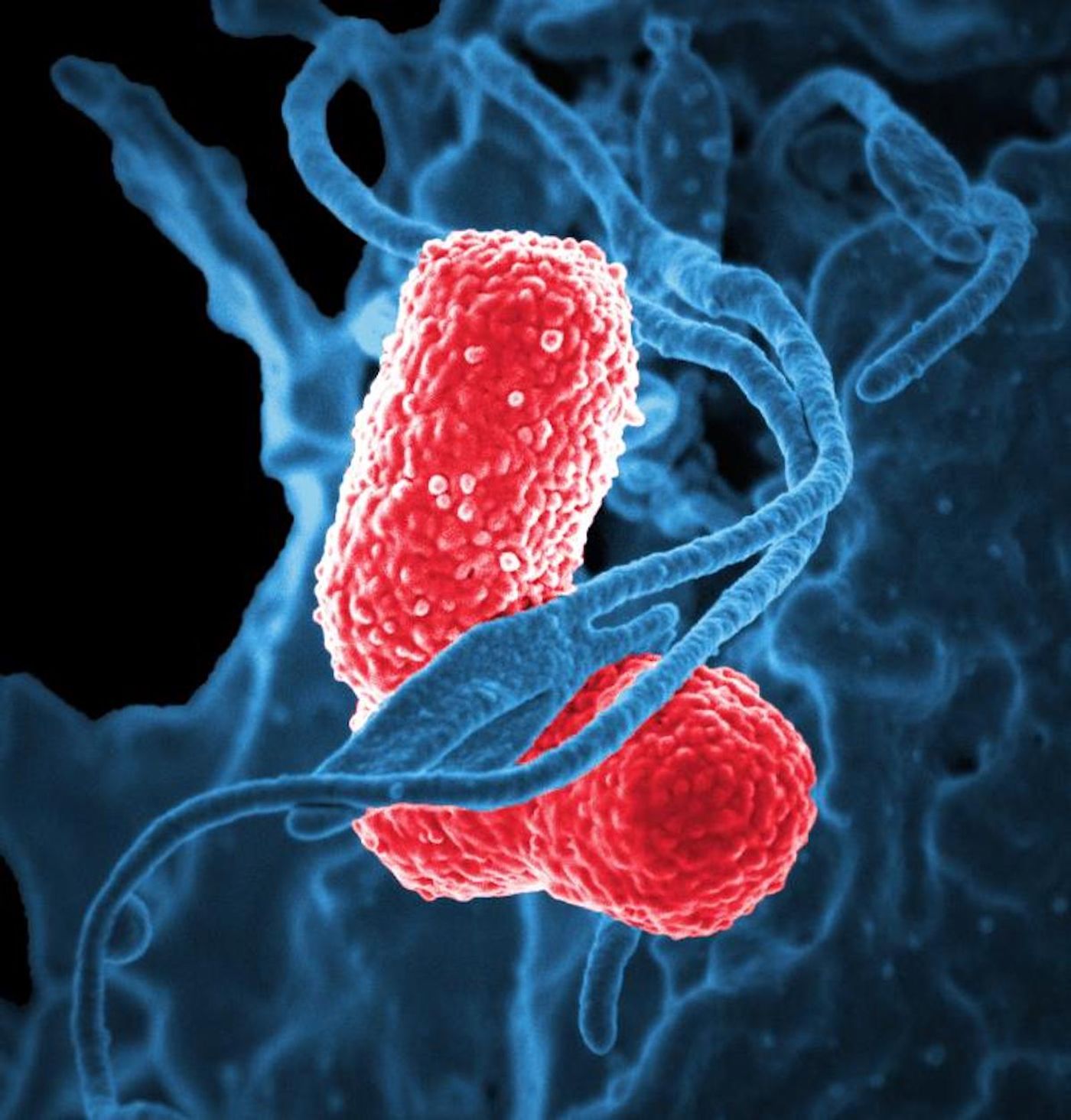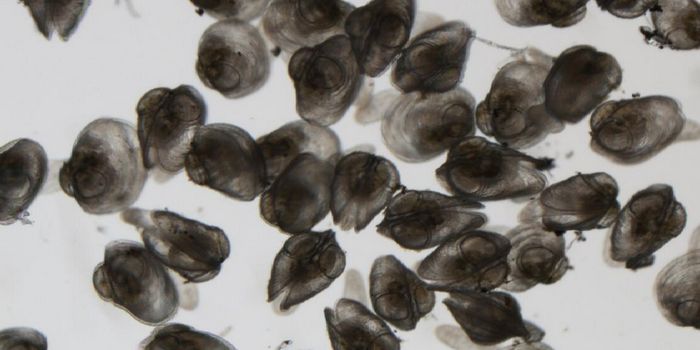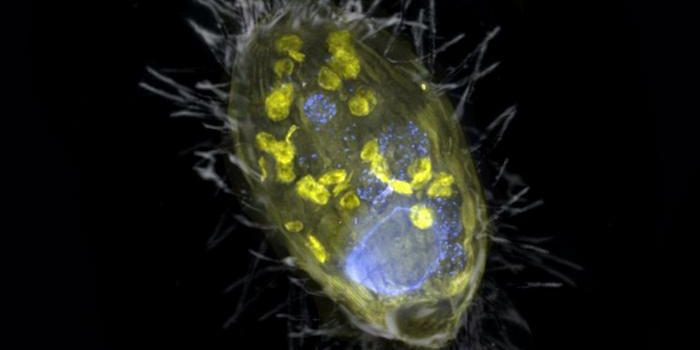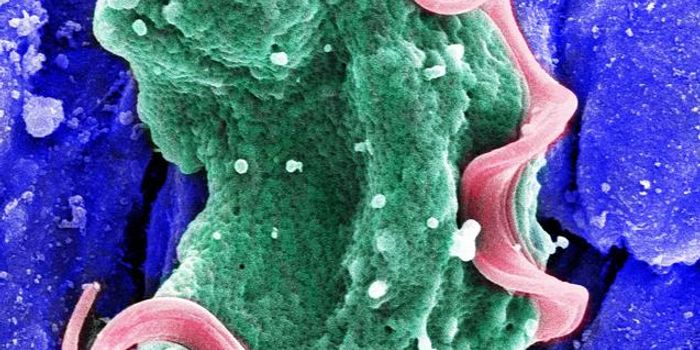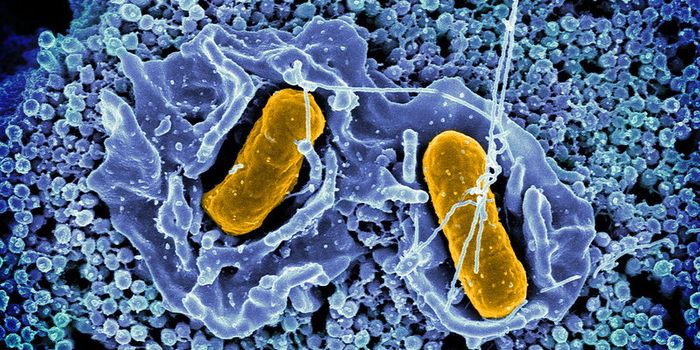The Germs in Hospitals are a Bigger Threat Than Those on Farms
Which poses the bigger risk - a farm or a hospital? From a microbial standpoint, the hospital is more threatening, according to new research reported in Nature Microbiology. Researchers tracked a deadly germ called Klebsiella that could rival MRSA, and determined that although the pathogen can be detected in pets, livestock, and the environment, humans aren't usually infected this way. Instead, the bug is a big problem for patients in hospitals.
Klebsiella is a family of microbes normally found in the intestines, which can become a serious problem if it ends up in other places in the body. The pathogen Klebsiella pneumoniae is probably the most known species in the family. Klebsiella pneumoniae infections can cause pneumonia or meningitis, and can infect the urinary tract and bloodstream. They are also very resistant to common antibiotics. Some even resist the effect of so-called last-resort antibiotics called carbapenems, which are applied when no other antibiotic works.
Klebsiella is now a bigger health problem than MRSA in the UK, and WHO is calling attention to the threat it poses as a healthcare-associated pathogen.
Researchers wanted to know more about how it was moving around and infecting people. Over fifteen months, they gathered 6,548 samples from the Italian city of Pavia and the nearby area, where Klebsiella causes many nosocomial infections. Samples were also collected from many other places, including domestic animals, flies, farms, and puddles. Knowing more about how the infections are arising will help scientists control them better.
The investigators detected 3,482 isolates and 15 different species of Klebsiella; half contained K. pneumoniae. When the isolates were genetically sequenced and compared, the researchers found that there was little connection between environmental and hospital-borne Klebsiella. Instead, humans almost always catch this pathogen from other humans, noted study leader Professor Ed Feil of the University of Bath.
The best way to safeguard against infection, said Feil, is to remain stringent about hygiene in hospitals.
There was serious concern that farmers might get infected by livestock or contaminated soil, or that people could be infected by eating contaminated vegetables or swimming in contaminated lakes, said first study author Dr. Harry Thorpe of the University of Oslo.
"Our research did not give any evidence of this, however, we did find resistant klebsiella in pets, such as cats and dogs. Vets and owners should be aware of this, as these animals could pose a risk for spreading the bacteria," said Thorpe.
Antibiotic resistance can still be shared easily between strains of Klebsiella. "Next we want to track how plasmids are transferred between strains, using a technique called long read sequencing," added Feil.
Sources: University of Bath, Nature Microbiology
